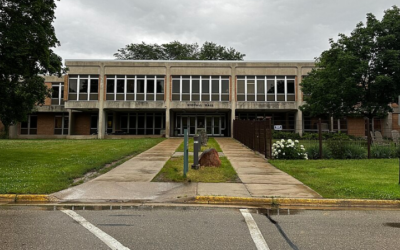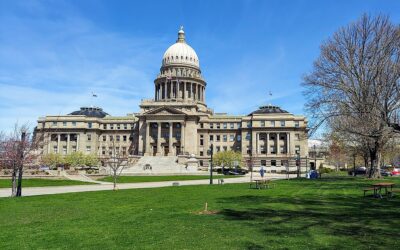State efforts to enhance energy efficiency through dedicated programs are having a noticeable effect on cost-saving measures and pollution reduction. According to the American Council for an Energy-Efficient Economy (ACEEE), states collectively invested $8.8 billion in energy efficiency programs in 2023, a record high level. The record investment doubled support for low-income households over two years, totaling more than $2 billion.
Currently, the five states leading the nation in energy efficiency are California, Massachusetts, New York, Vermont and Maryland— the latest addition to the leaderboard. As more states advance energy efficiency initiatives, the nation as a whole will simultaneously reduce utility costs while enhancing grid reliability and resilience.
As vehicles continue to be one of the largest contributors to greenhouse gas (GHG) emissions, 12 states and Washington, D.C. have adopted the Advanced Clean Cars II rule to reach 100% zero-emission vehicles by 2035. In addition, 10 states have adopted the Advanced Clean Trucks rule.
Building codes are one of the driving factors behind the upsurge in energy efficiency, impacting new building practices and setting the minimum for acceptable levels of energy efficiency in developments. Colorado, Maryland, Oregon, Washington and Washington, D.C. have adopted building performance standards, contributing to overall energy efficiency goals.
Industrial decarbonization targets are another focus area, prioritizing methods to reduce the percentage of fossil fuels used to power buildings and generate heat. A total of 19 states and Washington, D.C. have set these targets. Notably, Colorado, Maryland, Massachusetts and Vermont are the leading states instituting or creating clean heat standards as a central decarbonization effort.
States are building on existing national policies that have been in place for years to improve appliance and clean lighting standards. A total of 15 states and Washington, D.C. have either newly adopted or updated their energy efficiency standards for the first time within the past two or five years, depending on the state. These standards are anticipated to save U.S. households up to $100 each year over the next 20 years.
(Photo courtesy of Couleur on Pixabay.)







